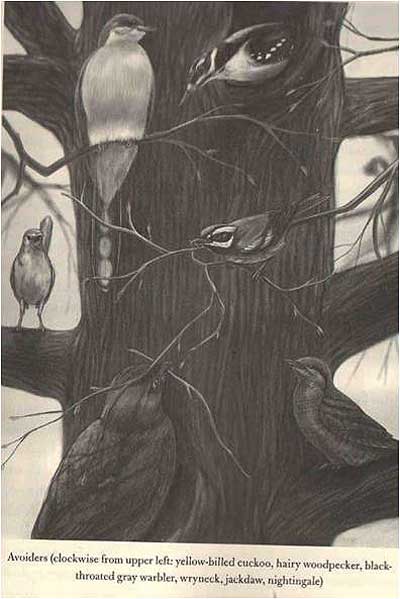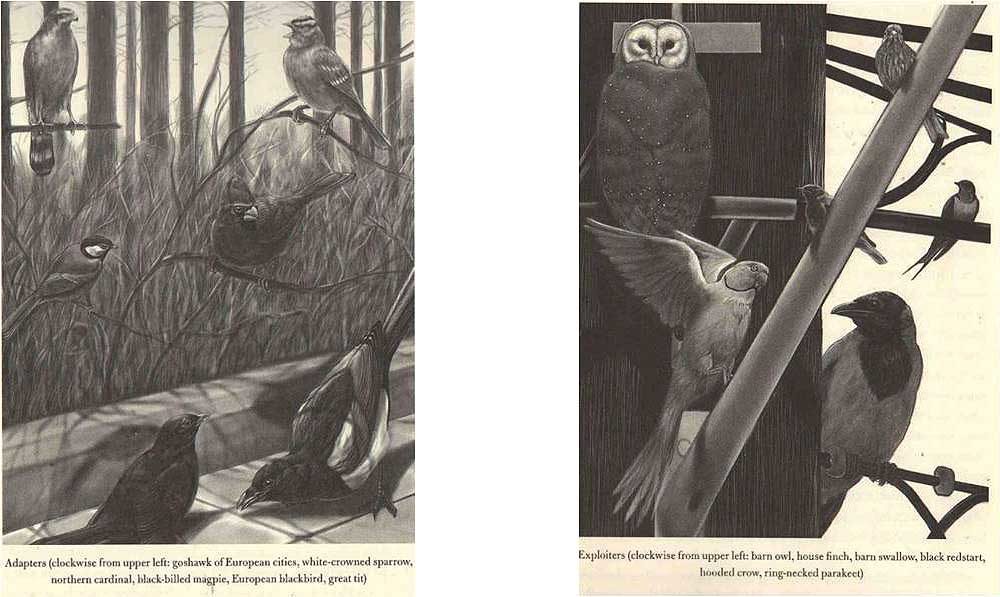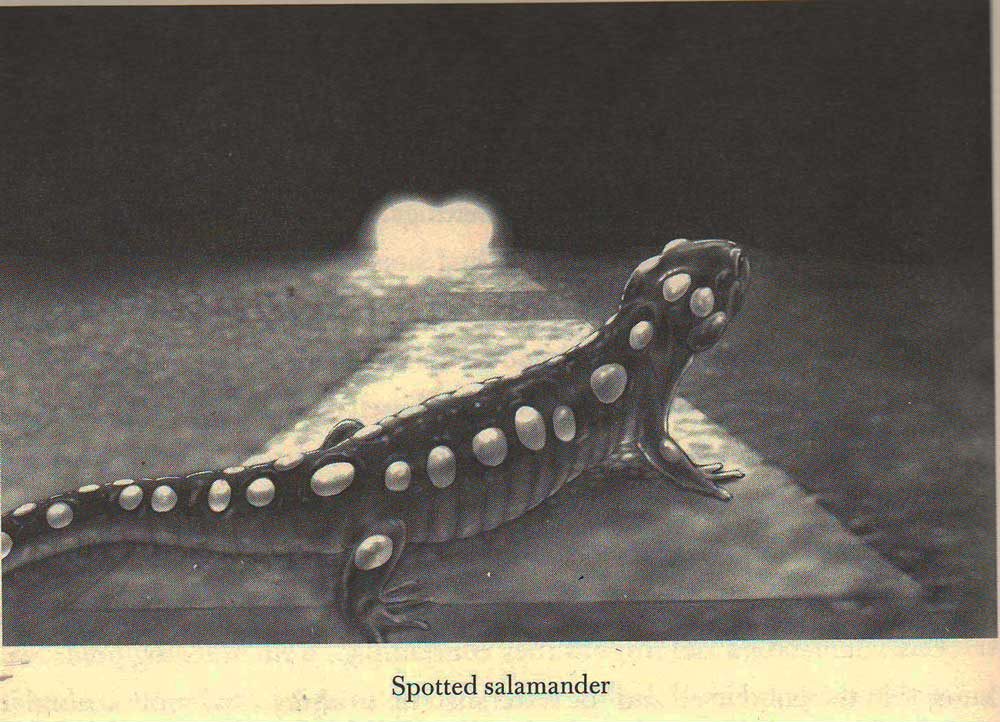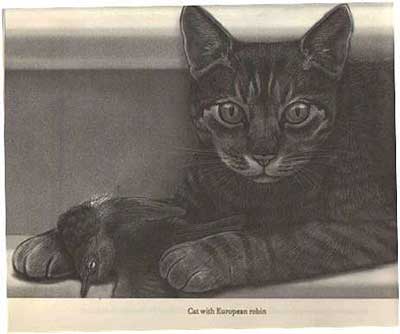Ever wonder how our ever growing suburbanization and development affects wildlife populations? Have you heard that urban development is exclusively bad for bird populations? I thought so, too, until I read Welcome to Subirdia by John M. Marzluff.

The author reading his book.
This book discusses various aspects of the impact of urbanization across the globe on not only bird populations, but also other critters like mammals, amphibians, and reptiles. As it turns out, avian biodiversity in many places is lowest in cities, increases in suburban areas, and decreases again as you move toward wild/remote areas. Human planted ornamental shrubs and trees along with bird feeders provide a rich variety of food and nesting resources for many species of birds. Although there are certainly less than optimal things urbanization does to animal populations, there are many species that benefit. Marzluff does a great job highlighting these pros and cons by referencing many ecological studies across the globe. Additionally, this book does a good job touching on the natural history of many core urban centers and how we can live side-by-side with animals.
So much bird seed is used in the United States, in fact, that it exceeds the amount of food sent to aid malnourished people in Africa!

Bird Types

Avoiders
Most birds can be classified as urban exploiters, adapters, and avoiders. Exploiters include the rock pigeon and European house sparrow which thrive in urban cities. Adaptors include the white crowned sparrow and black-capped chickadee who do well in suburban neighborhoods. Avoiders, such as many species of thrush, cannot survive in urban areas. Which category does your favorite bird fall into?
When development occurs, avoiders are often the first to disappear due to habitat loss. A large chunk of avoiders include migrating birds who normally return to the same nesting grounds year after year. Sometimes males will shift to another territory in a nearby forest but those that stick around tend to struggle to find a mate in developed forest fragments. Since avoiders have specific habitat requirements, cavity nesting birds such as woodpeckers and sapsuckers are included in this category.
Adapters will change their habits to utilize introduced shrubs and feeder food when suburban development occurs and are often found in higher densities in neighborhoods than surrounding areas.
Exploiters on the other hand thrive in cities and around humans. Exploiters, particularly European starlings, can be aggressive towards other birds and often out-compete natives for their territories and resources. Birds in this category are great at surviving off human food and using our buildings for nest sites.
 Benefits can be bad
Benefits can be bad
Benefits for some birds do not, however, favor all species. Snag-dependent bird species like woodpeckers suffer in urban and suburban areas as we often remove dead trees for safety and aesthetic reasons. Also, in cities across the world there are seven species of birds (the “fab five cosmopolitans” — Canada goose, European starling, house sparrow, mallard, and rock pigeon– and two local species from North America: the American crow and house finch) that can almost always be found as core urban areas become biologically homogenous.
Mammals other than rodents, raccoons, cats, and coyotes struggle to live in our more heavily populated urban areas. Amphibians also have high mortality rates due to the drainage and filling of wetlands and from auto-traffic related deaths. Reptiles in many urban areas additionally see massive declines in both species population numbers and biodiversity. Interestingly, golf courses can present themselves as a wonderful reserve for many native species of animals if the vegetation and features are managed in a particular way. 
Overall, I highly recommend reading this very interesting book to gain a better understanding of the multi-faceted effects on ecological communities from human urban development. The book is also beautifully illustrated by PhD student Jack DeLap. Marlzuff weaves a very informative story about the history of our impacts which have led to our current position and where we can go from here.
 At High Trails Outdoor Science School, we literally force our instructors to write about elementary outdoor education, teaching outside, learning outside, our dirty classroom (the forest…gosh), environmental science, outdoor science, and all other tree hugging student and kid loving things that keep us engaged, passionate, driven, loving our job, digging our life, and spreading the word to anyone whose attention we can hold for long enough to actually make it through reading this entire sentence. Whew…. www.dirtyclassroom.com
At High Trails Outdoor Science School, we literally force our instructors to write about elementary outdoor education, teaching outside, learning outside, our dirty classroom (the forest…gosh), environmental science, outdoor science, and all other tree hugging student and kid loving things that keep us engaged, passionate, driven, loving our job, digging our life, and spreading the word to anyone whose attention we can hold for long enough to actually make it through reading this entire sentence. Whew…. www.dirtyclassroom.com

Comments are closed.